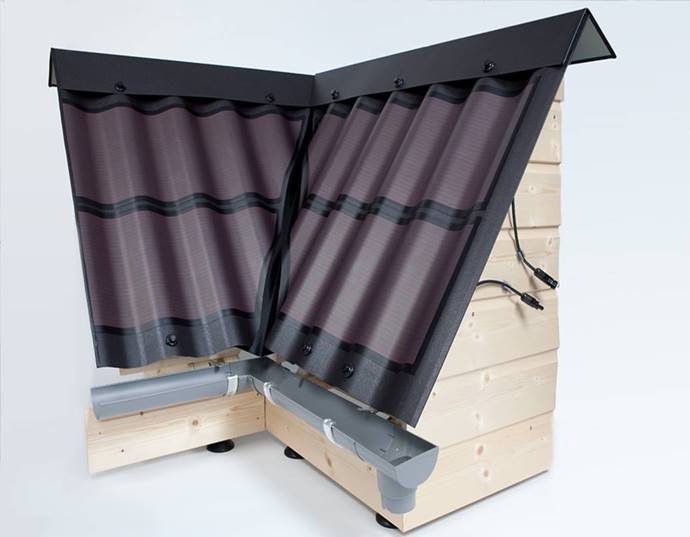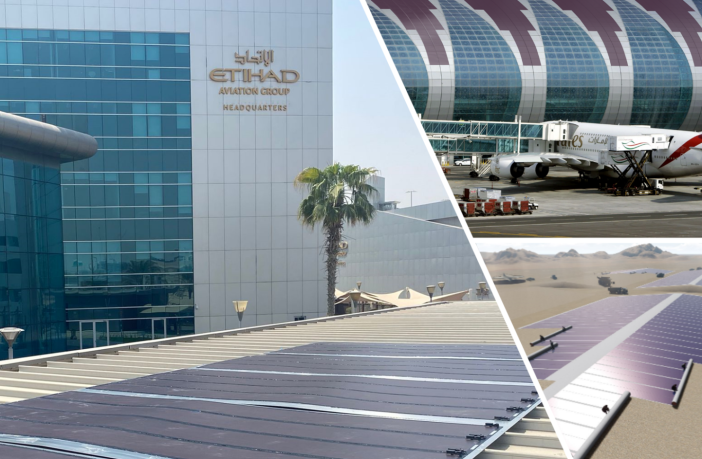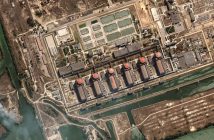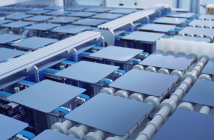- Netherlands-based flexible solar module maker HyET Solar and the Delft University of Technology (TU Delft) have announced a cooperation agreement to further develop HyEt Solar’s photovoltaic foil technology, which the company claims can be adapted to almost any type of surface.
“TUDelft will support the technology development and upscaling from lab-scale processing to industrial scale,” TU Delft scientist, Arno Smets, told pv magazine, referring to the manufacturer’s plan to scale the capacity of its factory in Arnhem to 40 MW. “Current expansion is based on solar foil with a 12.0% conversion efficiency based on hydrogenated amorphous silicon (a-Si:H) and nanocrystalline silicon (nc-Si:H) in a tandem cell configuration that has been developed in our collaborations.”
Researchers at TU Delft are currently developing the next generation triple junctions configurations that are expected to bring the module efficiency to over 15.0%. “The unique processing approach of the HyET Solar concept allows innovative device designs, light management concepts and new materials,” Smets added. “In this collaboration, we are using mature processing technologies to secure and demonstrate a fast knowledge transfer from lab to fab.”

Solar tiles developed with HyEt photovoltaic foil. Image credit: TU Delft
The PowerFoil 1300HE that HyET has developed for residential applications has a rated power of 152W/m. It has a width of 1,300mm and a thickness of 0.4mm. Its length can reach up to 15,000mm, depending on the project type and size, and its weight is 0.6kg/m2.
The foil can be used with a maximum system voltage of 500 V and operating temperatures of between -40 degrees Celsius and 85 degrees Celsius. Its operating temperature coefficient is -0.30% per degree Celsius.
The panels are manufactured through a roll-to-roll process that the manufacturer says allows up to 30-meter long modules to be produced, while the shape can be adapted to the needs of the end-user. According to HyEt, residential PV systems built with its foils may achieve a levelized cost of energy (LCOE) of $0.043/kWh.
Australia-based Fortescue Future Industries (FFI) acquired a 60% stake in HyEt Solar in October. “We have commenced the design study for a 1 GW Powerfoil factory in Australia and at this scale, we aim to rapidly drive costs down at a greater rate than is achievable with conventional Solar PV technology,” FFI CFO, Julie Shuttleworth, said at the time.
Author: Emiliano Bellini
This article was originally published in pv magazine and is republished with permission.











